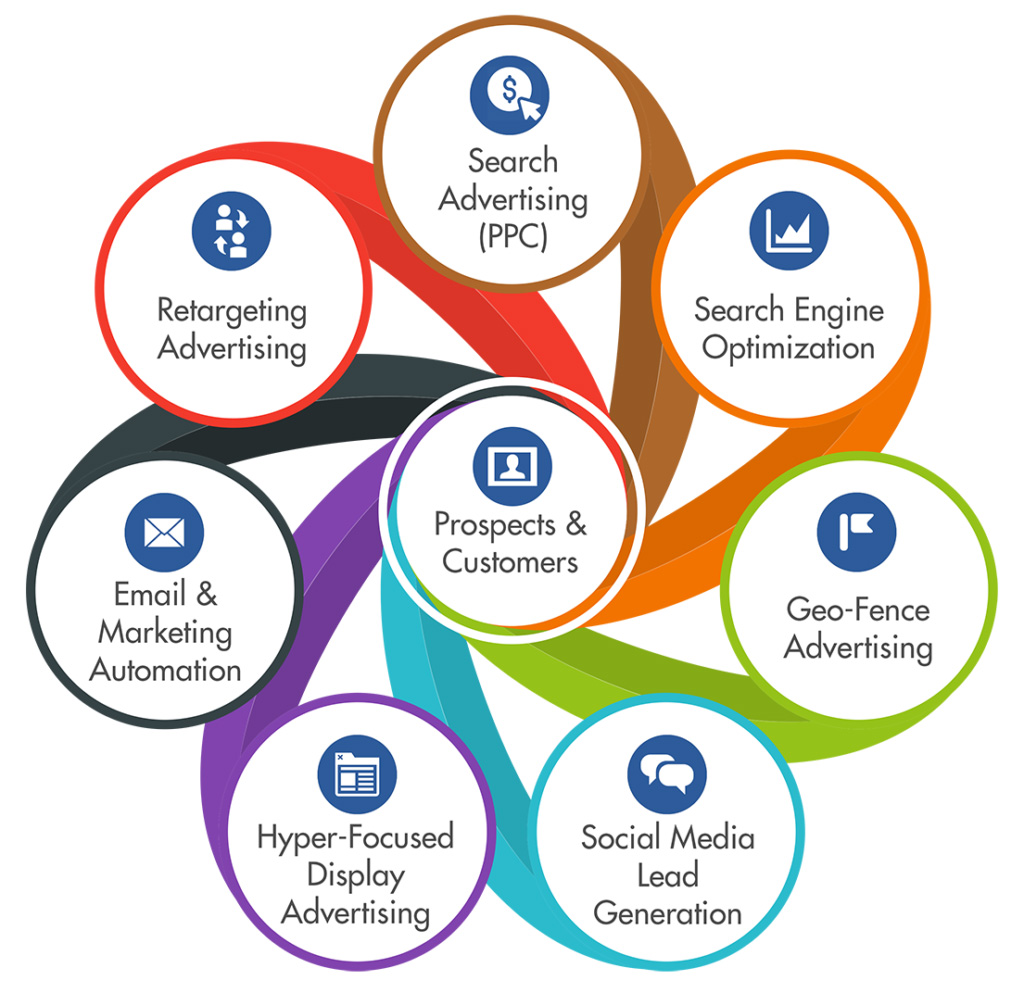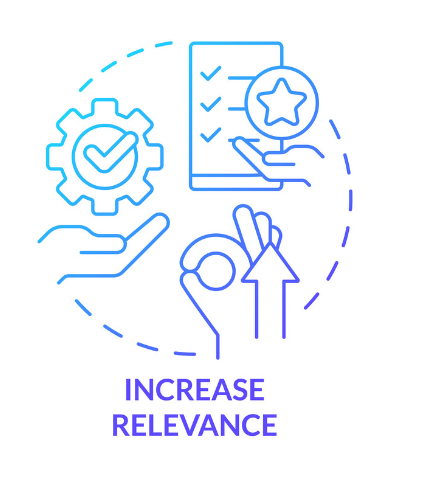GEO BUYER GENERATION
How to Use GEO BUYER Generation to Get New BUYERs Fast
For Marketers to succeed in generating new buyers in your local market, you need to focus on the geographic area that is most relevant to you. That’s where local buyer generation comes in.
By using the local buyer generation and geographic targeting tactics in this article, you’ll be able to hone your marketing to the customers who are most important to your business, save money, and time that would otherwise be wasted on areas out of your reach.
In addition to helping give new businesses a competitive edge, local buyer generation can also be key to expanding a company into new markets.
Let’s imagine a party planning company has seen remarkable success in a small town in the U.S. They have loyal customers and a steady flow of business, but they’ve saturated the market and they’re not seeing regular year-over-year growth. It might be easy to assume that all they need to do to grow their business is increase their marketing budget, and increase operations in new neighborhoods.
However, without a clear local buyer generation plan, it’s likely that the old tactics won’t yield the same results. This is why it is important to understand both how buyers are generated in the first place, and how geographic targeting tools are used in accessing new markets in a meaningful way.

The Power of Location: Why Geo-Targeting Matters for Your Business

Increased Relevance
Geo-targeting allows you to deliver content or advertising that is specific to a prospective customer’s location, making it more relevant to their interests and needs. This leads to higher engagement and conversions, since prospects are more likely to respond positively to content that is relevant to them.

Better Targeting
By targeting prospective customers based on their physical location, you can ensure that your messages reach the right audience at the right time. For example, you can use geo-targeting to show different advertisements to users in different cities or regions, or to display location-specific promotions or offers.

Improved ROI
Geo-targeting can help you achieve better ROI by delivering higher click-through rates, conversions, and customer engagement, which ultimately drives better results and a better return on your digital marketing investment.

Hide Ads from Competitors
Say you want to keep your competitors from stealing your offers or marketing messages. You can use geo-targeting to hide ads from competitors by excluding specific geographic locations where the competitor operates or has a strong presence, or by adjusting the targeting criteria to only show the ad to users who are not within a certain radius of the competitor’s location.

Responsiveness
Geo-targeting allows you to run short-lived but highly relevant campaigns, such as offers specific to the people attending an industry conference or trade show. Or, if you’re a roofing contractor, you can display ads related to roof repair in a town that just experienced bad weather. Taking dynamic advertising to the next level!

Market across channels:
Using geo-targeting, you can deliver targeted ads and content to different platforms and devices based on the user’s location. A local restaurant, for instance, could use geo-targeting to promote walk-in specials to mobile device users nearby, and take-out specials to desktop users further away.
- What is geographic segmentation?
Geographic segmentation is a specific marketing segmentation that involves splitting your leads based on their physical locations. The idea is that people who live in the same geographic region may have similar motivations for purchasing your products.
Let’s say you run a clothing company that sells different clothing items. If you group your leads geographically, you could run targeted ads for winter gear in regions where it gets cold. But you could leave out people from warmer climates in those ads.
That’s useful because it lets you get precise with your advertisements without showing inaccurate ads to large portions of your audience. 71% of customers prefer personalized ads, so you should see an uptick in your marketing effectiveness after embracing this strategy.
- How to use geofencing and geotargeting to increase BUYERs and conversions
Obviously, even though these both have their place, there are ways you can put them to work for your marketing. For starters, try the following tips:
· Match their language: This refers both to the form of language spoken (English, e.g.) and the type of “language” or local lingo used. For example, a brand located in the Southwest would be almost expected to use terms like “y’all” and “howdy.”
· Match the location: Make sure that you include location-specific language in the personalization of your messages. For example, send an email alert to Minneapolis collegiates who shop at local grocery stores.
· Match the currency: If you’ve got pricing listed, make sure it can be seen in the user’s country of origin. Otherwise, people may not be able to do the conversions themselves and will take their buying decision somewhere else.
· Match the messaging: You need to get the right message in front of the right audience at the exact right time. This might require some A/B testing, but you can experiment with a few different ads. You can also create a geo-targeted landing page and a standard landing page and see which one gets more conversions.
